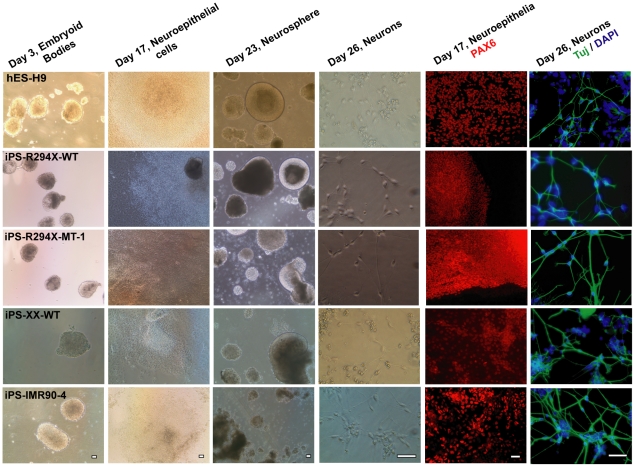OBJECTIVERettsyndrome (RTT) is a extreme neurodevelopmental illness that impacts roughly 1 in 10,000 reside feminine births and is commonly brought on by mutations in Methyl-CpG-binding protein 2 (MECP2). Despite distinct medical options, the buildup of medical and molecular data in recent times has generated appreciable confusion relating to the analysis of RTT.
The goal of this work was to revise and make clear 2002 consensus criteria for the analysis of RTT in anticipation of therapy trials.

METHODSRettSearch members, representing the vast majority of the worldwide medical RTT specialists, participated in an iterative course of to come back to a consensus on a revised and simplified medical diagnostic criteria for RTT.RESULTSThe medical criteria required for the analysis of basic and atypical RTT had been clarified and simplified. Guidelines for the analysis and molecular analysis of particular variant types of RTT had been developed.
CONCLUSIONSThese revised criteria present readability relating to the important thing options required for the analysis of RTT and reinforce the idea that RTT is a medical analysis primarily based on distinct medical criteria, impartial of molecular findings. We advocate that these criteria and pointers be utilized in any proposed medical analysis.
Methyl-CpG binding protein 2 (MeCP2) was first recognized in 1992 as a protein that binds particularly to methylated DNA. Mutations within the MECP2 gene had been later discovered to be the reason for an autism spectrum dysfunction, Rett syndrome. Despite nearly 20 years of analysis into the molecular mechanisms of MeCP2 perform, many questions are but to be answered conclusively.
This overview considers a number of key questions and makes an attempt to judge the present state of proof. For instance, is MeCP2 only a methyl-CpG binding protein? Is it a multifunctional protein or primarily a transcriptional repressor? We additionally take into account whether or not MeCP2, as a chromosome-binding protein, acts at particular websites throughout the genome or extra globally, and by which cell varieties it’s functionally essential.
Finally, we take into account two different views of MeCP2 within the mind: as a regulator of mind improvement or as an element that helps preserve neuronal/glial perform.
